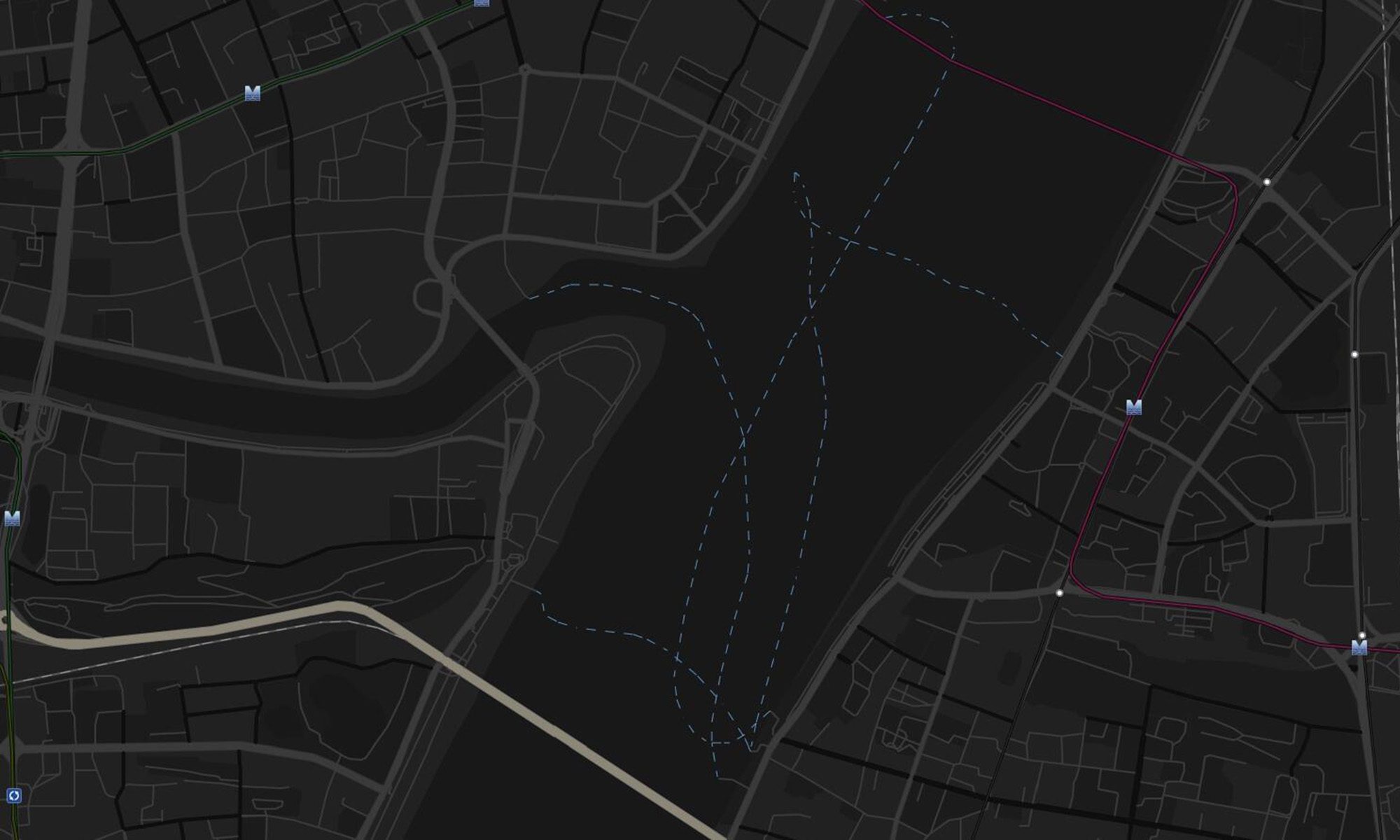The COVID-19 pandemic has impacted urban life and created spatial and social inequalities in cities. The impacts of lifting full lockdown restrictions once fast-spreading and community-acquired infection waves were under control are still not fully understood.

This study aims to explore spatial inequality reinforced in the intervals between the waves of infection during the COVID-19 pandemic. Enclave-reinforced inequality resulting from enclave-based lockdown policies in Chinese cities was investigated through an analysis of the impacts of university campus enclave closures on the accessibility and crowdedness of urban green spaces. Using a modified two-step floating catchment area (2SFCA) and inversed 2SFCA (i2SFCA) method, accessibility and crowdedness were calculated and compared under two different scenarios. Additionally, the Lorenz curve, Gini coefficient, and Theil index were used to measure and compare intra-city global and local inequalities under each scenario.
Continue reading “Enclave-reinforced inequality during the COVID-19 pandemic: Evidence from university campus lockdowns in Wuhan, China”
